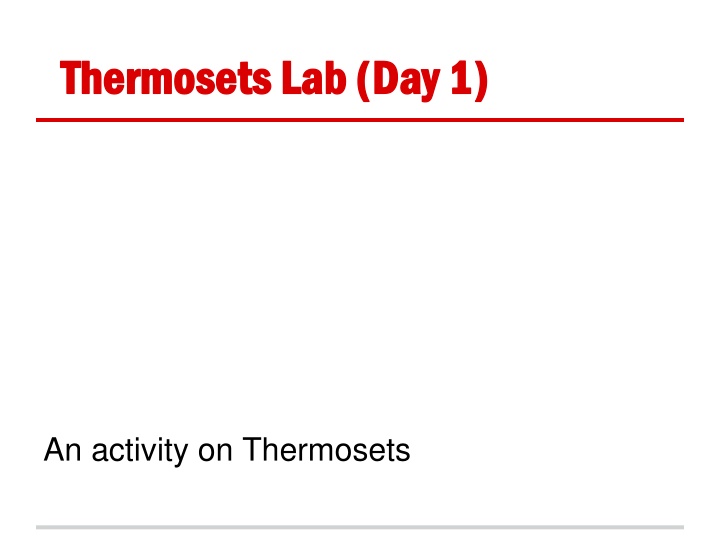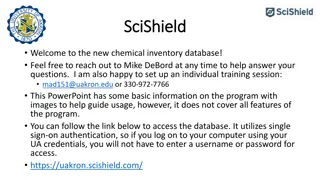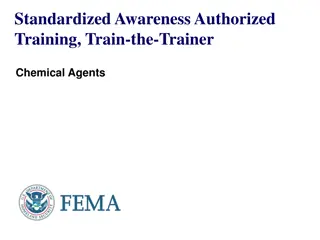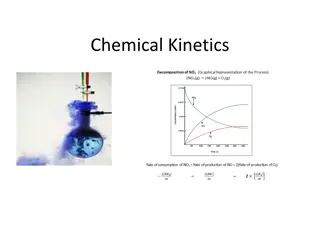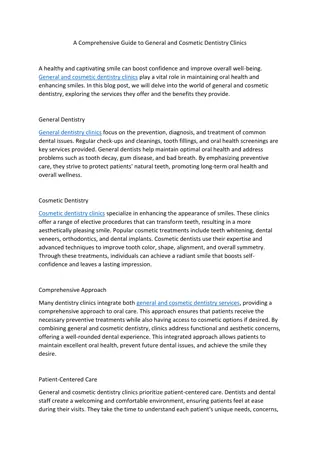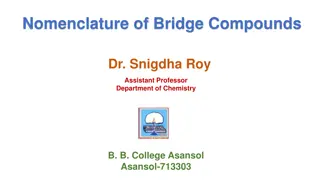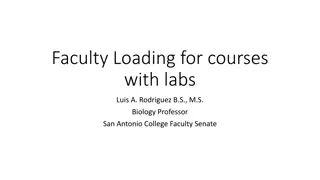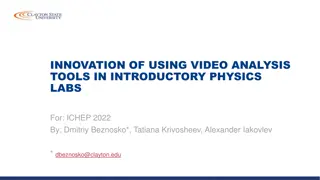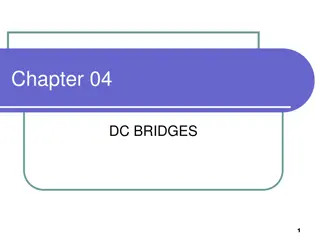Chemical Bridges and Thermosets in Labs
In this content, you will discover fascinating insights into creating chemical bridges, making flexible and strong connections, and exploring thermosets through lab activities. Students will engage in mixing epoxy and hardener, molding, and conducting tests to understand the properties of thermosets. The process involves varying ratios of molecules, examining linear and branched structures, and manipulating thermoset properties for different applications. Join the journey of experimentation and learning in the world of chemical bridges and thermosets.
Download Presentation

Please find below an Image/Link to download the presentation.
The content on the website is provided AS IS for your information and personal use only. It may not be sold, licensed, or shared on other websites without obtaining consent from the author.If you encounter any issues during the download, it is possible that the publisher has removed the file from their server.
You are allowed to download the files provided on this website for personal or commercial use, subject to the condition that they are used lawfully. All files are the property of their respective owners.
The content on the website is provided AS IS for your information and personal use only. It may not be sold, licensed, or shared on other websites without obtaining consent from the author.
E N D
Presentation Transcript
Thermosets Lab (Day 1) Thermosets Lab (Day 1) An activity on Thermosets
Chemical Bridges Chemical Bridges How would you make a flexible chemical bridge? Many or few connections? How would you make a strong chemical bridge? Many or few connections?
Classical Bridge Classical Bridge Example of a weak bridge Example of a strong bridge
Chemical Bridges Chemical Bridges Linear Molecule By varying the ratio of molecules we can vary the number of connections + B A C Branched Molecule A or B E D +
Chemical Bridges Chemical Bridges Epoxide Epoxy = Di-functional Amine = Hexa-functional We can manipulate the thermosets properties by varying the ratio of epoxy to amine Amine
Thermosets Thermosets - -Lab Lab 1. Students, now complete the Pre-Lab questions on your worksheets. 2. Students, now I will split you up into groups of 2 or 3. 3. I will assign each group letters A-D. Each group will do two mixtures. See the Ratios Data Table provided in the Thermoset Lab Worksheet for your assigned mixtures. 4. Mix the epoxy and hardener in the paper cup. DO NOT MIX THE TWO PLUNGERS AS THE MATERIAL WILL HARDEN PREMATURELY. 5. Put exactly 3 ml in the molds, and label the molds with a felt tip pen. 6. Place the mold on the proper shelf in the oven.
Breaking Molds Portion (Lab) Breaking Molds Portion (Lab) Day Day 2 2 1. Remove your molds from the tin foil as best you can without destroying the mold itself. Testing the mold with some of the tinfoil on will not affect results greatly as the mold is much stronger than the aluminium foil. 2. Perform flexure test and record data in the Ratios Data Table provided in the Thermoset Lab Worksheet. 3. We will share the data with one another at the end of the lab activity on the board at the front of the classroom. 4. Now take an average of everyones data and record those in the remaining data mixtures done by your peers, and average your results. 5. Share results and record in your data tables. 6. Finally, complete the post lab analysis graph and questions.
